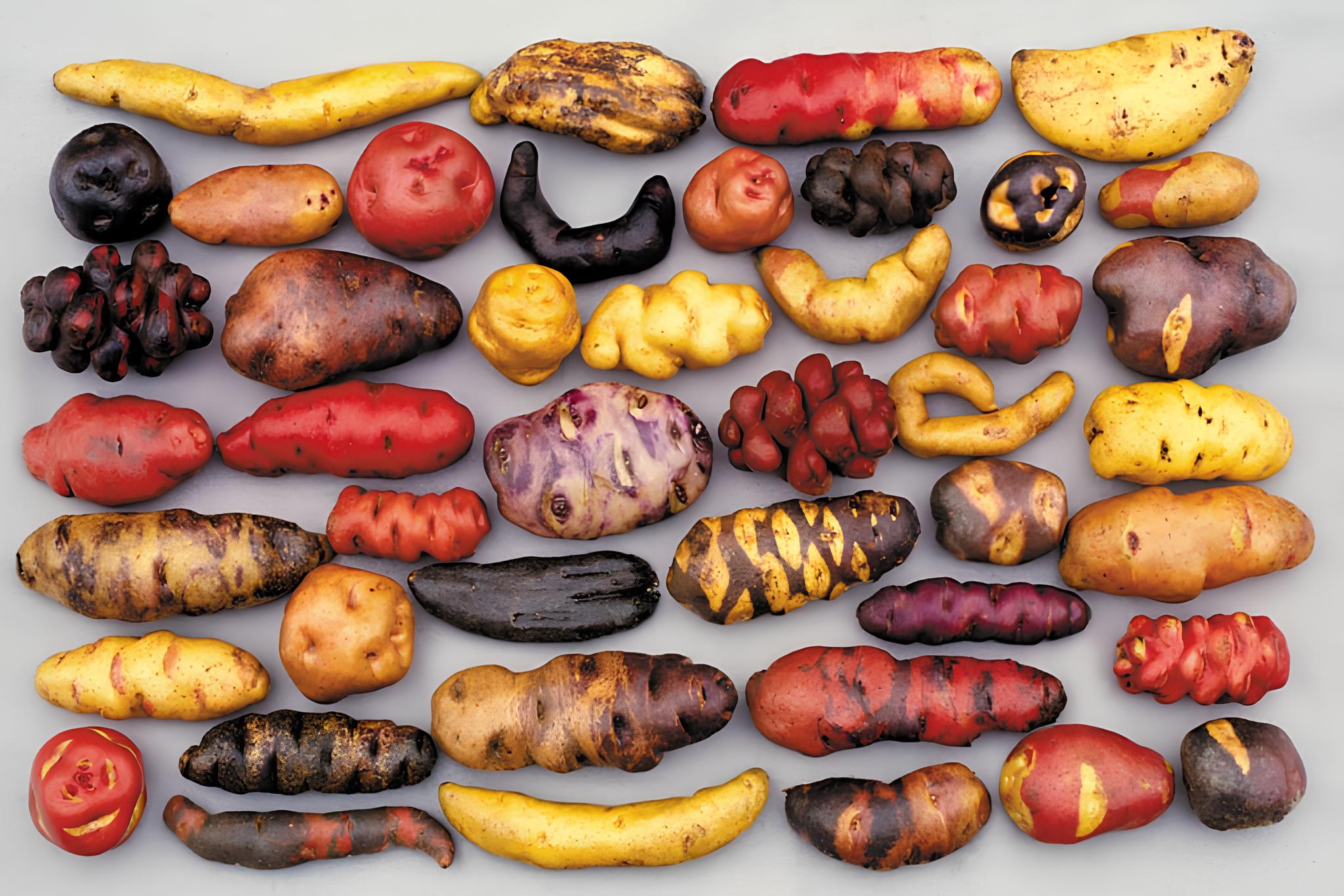Scientists have resorted to a unique resource in the face of a fast changing climate and mounting concerns to world food security: Peru’s Potato Park. This living museum, high in the Andes, is home to a great array of potato species, offering a potential answer to the issues faced by climate change.
The Potato Park, which spans 90 square kilometers in Cusco, preserves farmers’ historical knowledge and traditional potato strains. Agronomists can produce novel genetic expressions that can endure droughts, floods, and frosts by farming potatoes at different elevations and in varied combinations.

The park is a living laboratory of potato variety, with an outstanding collection of 1,367 potato cultivars. These potatoes, developed 7,000 years ago by Peruvian farmers, contain the secret to climate change adaptation. However, as global warming has an effect on the region, pests are migrating higher, pushing farmers to cultivate potatoes in the park’s upper reaches, where land availability is restricted. To solve this issue, park visitors are testing native potato types for resilience to cold, hail, bright sunshine, and the Andean potato weevil.
The preservation and utilization of potato variety diversity is critical for developing novel strains that may flourish in changing climates. While scientists experiment with genetic engineering in laboratories, farmers in Potato Park have been doing it for thousands of years, frequently combining crops with wild cousins to increase resistance.

The fruits of their labor are kept in an on-site seed bank as well as the world’s biggest in vitro gene bank at the International Potato Centre in Lima. These collections are essential for combating world hunger and encouraging sustainable agriculture. For example, the Centre’s work in Africa and Asia, notably in China, has helped to alleviate food insecurity and generate revenue via the production of fast-maturing, biofortified potatoes.
The preservation of biodiversity is crucial as climate change increases. According to the United Nations Food and Agriculture Organization, 75% of crop variety was lost between 1900 and 2000, and climate change threatens the survival of up to 22% of food crop wild cousins by 2055.

As soil degradation worsens and crop resilience becomes more crucial, the actions of Potato Park’s defenders provide hope for feeding the world. Peru’s Potato Museum might play a critical role in alleviating the global food problem by utilizing the knowledge of local farmers and maintaining the diversity of potato cultivars.






